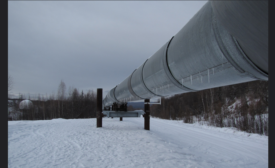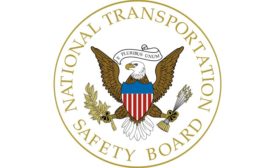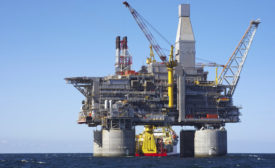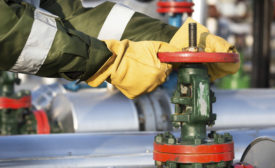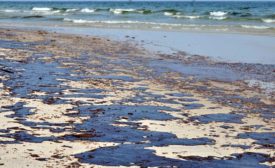Oil and Gas Industry Safety & Health
From the NIOSH Director:
Advancing oil and gas workplace safety and health research
December 4, 2018
From NIOSH
Level of soot particles in diesel exhaust varies on oil & gas worksites
November 28, 2018
Never miss the latest news and trends driving the safety industry
eNewsletter | Website | eMagazine
JOIN TODAYCopyright ©2024. All Rights Reserved BNP Media.
Design, CMS, Hosting & Web Development :: ePublishing


